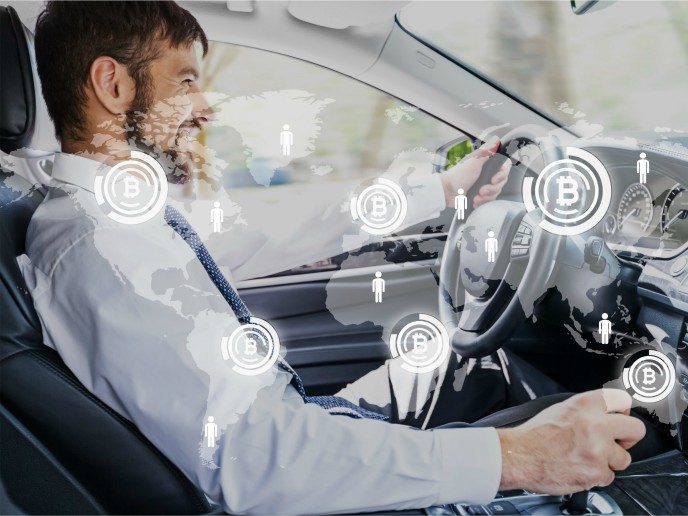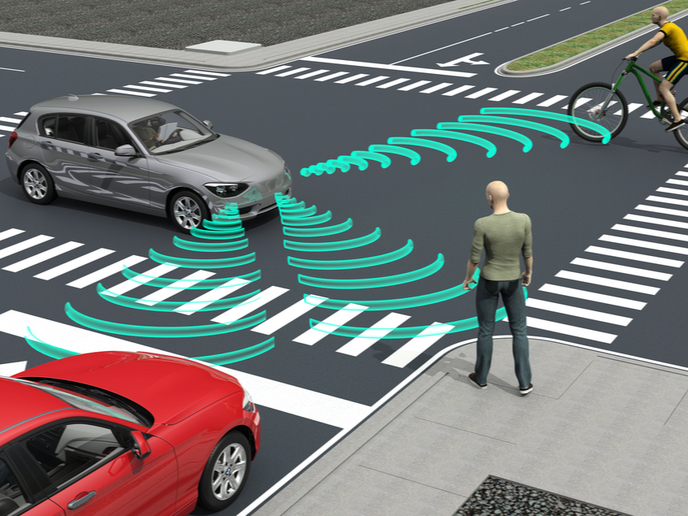Roadmap strives to accelerate introduction of automated driving
The hope is that self-driving cars can save lives through fewer road accidents. Besides delivering great safety benefits, self-driving cars will also promote more efficient fuel use and improve congestion, while greatly facilitating mobility for the elderly and people with disabilities. The disruptive technology will not only bring practical changes but also profound social, economic, and regulatory challenges as the whole nature of driving is transformed. A coordination-and-support action project set up with EU funding, SCOUT(opens in new window) has established a comprehensive and structured roadmap to describe innovation paths towards accelerating implementation of high-level automated driving. State of play on autonomy Project partners first acknowledged the state of art for high-level connected and automated driving (CAD). The analysis was structured with reference to a five-layer model. Apart from the technical layer serving as a basis for CAD functions, the other layers outlined relevant non-technical issues – human factors, economic, legal and social aspects. Regarding the technical layer, SCOUT distinguished three major functional domains: environmental perception (‘sense’), decision-making (‘think’) and control (‘act’). “Automated driving functionalities are at the core of development efforts of intelligent vehicles. Smart driving capabilities enable vehicles to constantly detect their changing immediate surroundings, take proper manoeuvre decisions, and implement them in terms of acceleration, braking and steering,” notes Gereon Meyer, Deputy Head of the Future Mobility and Europe Department at VDI/VDE-IT, who coordinated the SCOUT project. Arming vehicles with reliable connectivity, providing high-precision navigation and smoothly integrating the vehicles with smart traffic management systems and digital infrastructure proved critical to making CAD more intelligent and safe. “Generally, the technical analysis led to the conclusion that substantial research is still needed to not always use the human driver as the fallback system (automation up to level 2) but rather the vehicle to assume some driving functions for a certain time (automation level 3), or self-drive without human supervision (automation levels 4 and 5),” adds Meyer. With amendments to the 1968 Vienna Convention on Road Traffic, major legal and regulatory milestones towards deploying automated vehicles were attained. However, SCOUT analysis showed that it is essential to further adapt laws in each country so that smart driver systems reach higher automation levels with self-driving capabilities. On economic terms, an important issue addressed was integrating CAD in viable business and service models such as ride sharing. Cutting the Gordian knot Involving a multitude of experts and users, SCOUT organised a number of workshops. In addition to drawing an ambitious vision of level 4/5 CAD in 2030 and analysing state-of-play technologies, they identified actions to overcome the hurdles for achieving the vision. The links that experts indicated in between the actions revealed that technical and non-technical challenges are highly intertwined, with many actions requiring the outcome of others before they can start. “The many interdependencies lead to locked-in situations, creating a kind of Gordian knot. This indicates that the development of self-driving cars may be heavily delayed if it is not well coordinated. This is a typical feature of complex innovation processes that comprise a number of technical and non-technical dimensions,” notes Meyer. Project consortium concluded that for delivering useful indications, the roadmap needed to be distinct not just for the five layers but also for specific use cases and should focus on well-defined milestones. Such a roadmap approach could help anticipate roadblocks and highlight agile shortcuts to accelerate the innovation process. SCOUT’s structured and comprehensive approach delivered comprehensive roadmaps for CAD use cases such as automated on-demand shuttles and delivery robots. It is expected to add cohesion and insight to the diverse landscape for building a common European innovation strategy on CAD.







